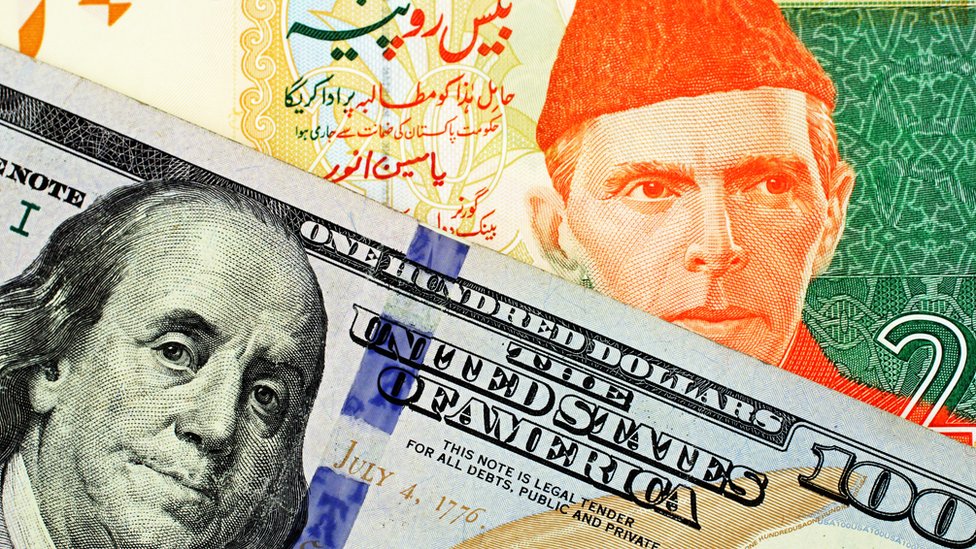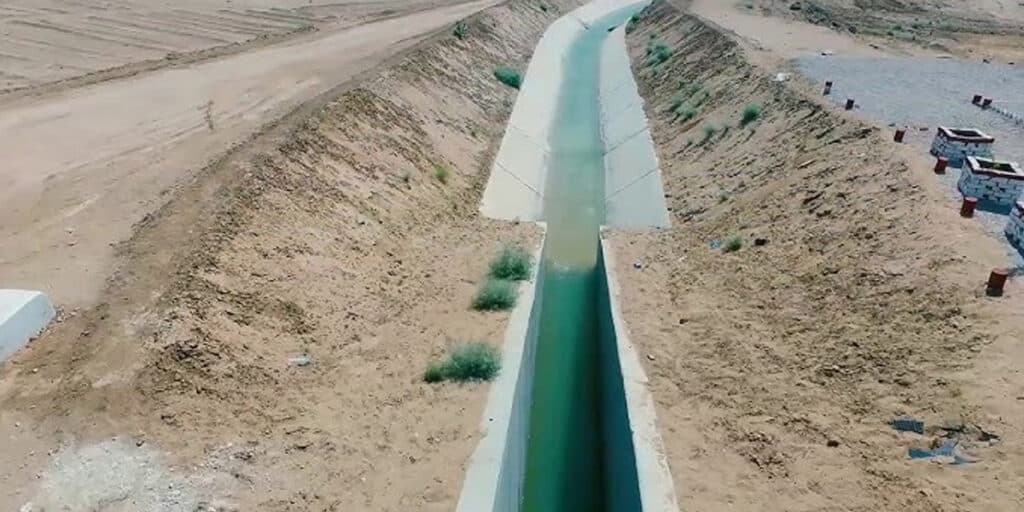KARACHI: Pakistan’s current account deficit (CAD) widened sharply in the first four months of FY26, rising more than 255 per cent year-on-year as import growth outpaced exports, according to data released by the State Bank of Pakistan (SBP).
The country recorded a CAD of $733 million between July and October, compared with $206m in the same period last year.
Furthermore, the Economists link the renewed pressure on the external account largely to higher imports, which increased after the government eased restrictions in line with commitments made to the International Monetary Fund (IMF).
In this regard, the government has faced growing criticism for its economic management, with analysts arguing that limited growth over the past three years may have been a calculated attempt to contain external imbalances.
So far, the country posted a rare current account surplus of $1.9bn in FY25, economic growth stood at 2.6pc, later revised to 3pc, a pace many observers say is insufficient to generate jobs or support broader development.
In this sense, data shows that imports of goods and services reached $24.9bn in the first four months of FY26, up from $22.6bn in the corresponding period last year.
The exports, on the other hand, were recorded at $13.7bn, only a slight improvement from $13bn last year.
Moreover, despite rising external pressures, some indicators remain encouraging. Remittances climbed to $3.4bn in October, up from $3.2bn in September, and have shown an overall increase during the first four months, contrary to earlier expectations.
The government is targeting $40bn in remittance inflows for FY26.
Investor sentiment has also seen modest improvement, supported by expectations of a $1.2bn disbursement from the IMF under the EFF and RSF programmes, coupled with signals of US support for investment.
“The current account deficit is central to maintaining external stability and shoring up foreign exchange reserves,” said one analyst.
He warned that if the deficit persists during the first half of FY26, it could pose renewed risks to both economic stability and the country’s financial outlook.





